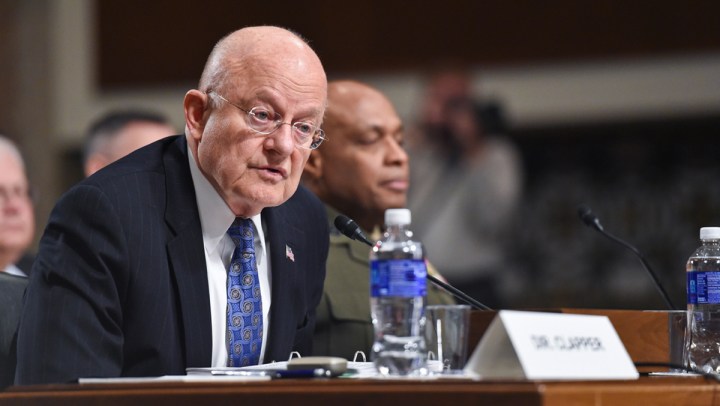
The new policy, which will allow investigators to scan an applicant’s history on Twitter, Facebook, Instagram, and other similar sites, will be adopted soon, according to the Office of the Director of National Intelligence (ODNI).
The guidelines make clear that agencies can target publicly available social media posts, if they deem it necessary, but cannot force individuals to hand over their passwords for private accounts, or provide pseudonyms for any profiles.
Additionally, the policy states that social media information gathered as part of a background check will not be retained unless it is considered “relevant” to the security status of the person in question.
In certain cases, the ODNI’S new rules would also permit agencies to pursue an applicant’s associates or friends, if mentioned in a suspicious social media post that suggests a possible national security concern.
“Social media has become an integral — and very public — part of the fabric of most Americans’ daily lives,” said Bill Evanina, director of ODNI’s National Counterintelligence and Security Center. “We cannot afford to ignore this important open source in our effort to safeguard our secrets — and our nation’s security.”
Officials believe that adding social media to the security review process could offer important information when deciding whether an individual can be trusted with secret information. The procedure often involves agencies attempting to determine the factors in a person’s background that could make them a target of blackmail.
Little to no detail has been given regarding the types of social media posts that could be flagged during the procedure. However, Evanina has suggested that social media threats made against the president, for example, would definitely be retained by investigators, reports the Wall Street Journal.
The debate over the use of social media in background checks by the federal government has been raging for several years, with Congress pushing the case in favor of the new policy. The budget deal passed in December 2015 required the ODNI to allow military and intelligence agencies to strengthen their security reviews, and specifically cited the need to evaluate social media posts.
Although lawmakers from both parties agree on the new policy, privacy advocates claim they will be watching closely to see if the government targets information they consider to be constitutionally protected as free speech. No specific date has been issued for the policy’s implementation, but the ODNI promises it will be taken up shortly.


